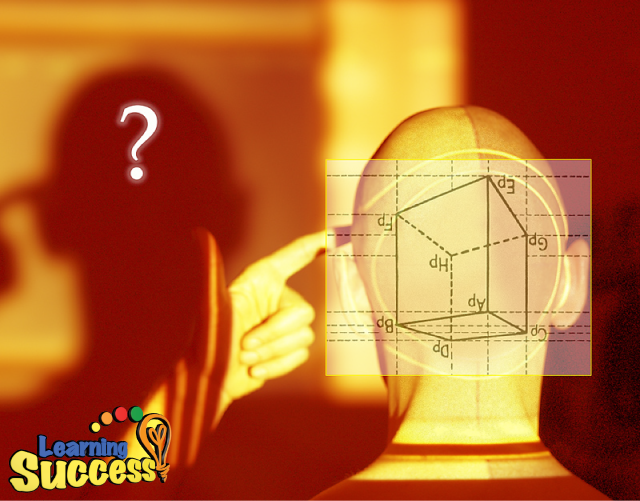
The models of understanding learning difficulties like dyslexia are incredibly useful for helping dyslexic students recieve the assistiance they greatly need. This video features Michelle-Lynn Yap, a Registrar of Educational Therapists, and her presentation on dyslexia. Finding the best models for coping with and teaching dyslexia can help parents and educators move away from the literacy deficit obsession in our education culture.
Instead, it's important to understand different layers of the difficulty. Educators and parents should not only work on the literacy aspects of a dyslexic but rather also balance it with the emotional and social side of helping the child. If we try to view an individual dyslexic as a whole, we will ensure that they receive individualized assessments for their support. We need to move away from the "one size fits all mentality".
We have worked a variety of solutions into the Learning Success System. The brain likes variety -- it keeps us focused, and makes different learning systems work together.
If you'd like a system that uses variety as well as other important principles for overcoming a learning difficulty grab your copy of the Learning Success System!
Key Takeaways:
Do You Need help with a Learning Difficulty?
Our simple online analysis will help you get to the core of the problem and find the right solution for you.
Understanding how to help someone with a learning difficulty starts with understanding which micro-skills are affected. When you learn which of the micro-skills is the problem, you will then be on your way to solving it.
You'll also learn how to:
- Build confidence
- Enhance Learning ability
- Eliminate avoidance
- Build grit
You can get this analysis for free by filling out this simple form. This will help you get to the bottom of a learning difficulty and provide you with a solution. If you are ready to put this problem behind you click the button below and fill out the form.










